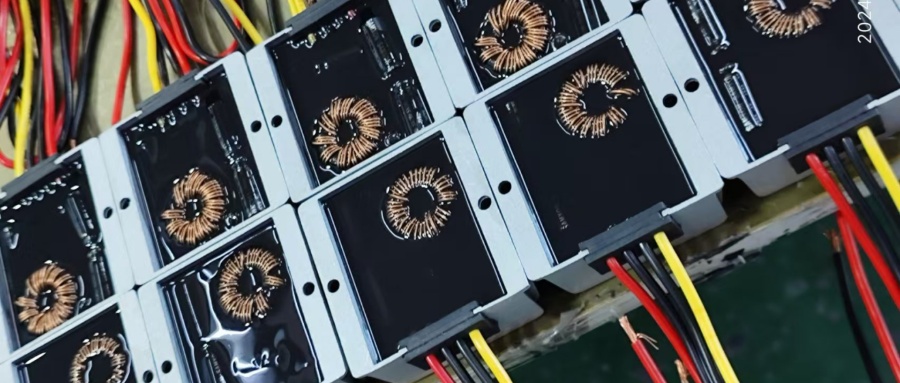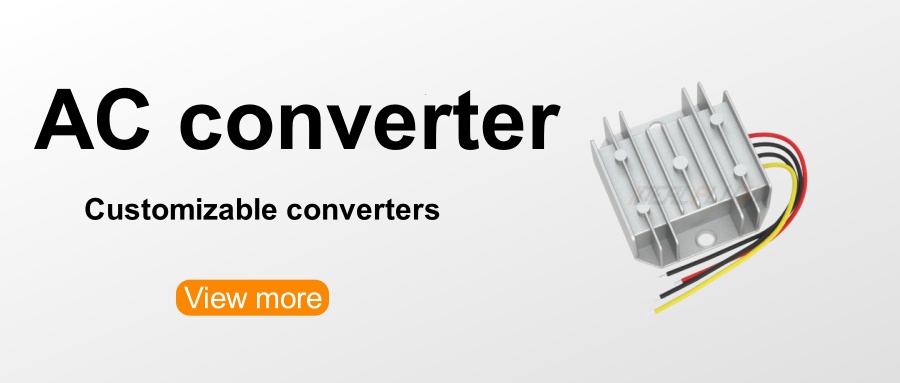
DC-AC converters (inverters) are one of the most important components in power electronics. This is because there are a lot of real-life applications based on these conversions.
The circuits that convert direct current (DC) input to alternating current (AC) output are called DC-AC converters or inverters. They are used in power electronics applications where the power input is pure 12V, 24V, 48V DC voltage and power conversion is required to AC output with a certain frequency.
They are used in many applications including photovoltaic systems, battery storage systems, traction drives, variable speed drives, etc. The conversion from DC to AC is more complicated as the circuit requires some kind of oscillator to reverse the direction of the current at the required frequency. Most inverters rely on resistors, capacitors, transistors, and other circuit devices to convert the DC voltage to AC voltage.
Concept of Alternating Current (AC) and Direct Current (DC)

Alternating Current:
In alternating current, the current changes direction and flows forward and backward. The current whose direction changes periodically is called alternating current (AC). It has a non-zero frequency. It is generated by alternators, generators, etc.
Direct Current
In Direct Current, the current does not change its magnitude and polarity. If the current always flows in the same direction in a conductor, it is called direct current. Its frequency is zero. It is produced by batteries, accumulators, DC generators, etc.
ACDC converters and inverters are complementary conversion devices. ACDC converters are usually used to convert AC to DC to provide the power required by electronic devices. Inverters are used to convert DC back to AC to adapt to grid power supply or other applications that require AC. In many systems that use AC to DC and then to AC conversion, ACDC converters and inverters are closely connected, usually forming a "rectification + inversion" working mode.
Types of Inverters
There are 3 main types of inverters:
1. Sine wave (sometimes called "true" or "pure" sine wave)
2. Modified sine wave (actually a modified square wave)
3. Square wave
Applications
DC-AC converters (also called inverters) play a vital role in many different applications due to their ability to convert direct current (DC) into alternating current (AC).







